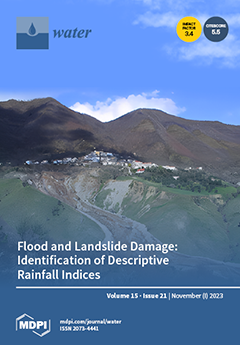Impact of soil surface temperature on changes in the groundwater level
Abstract
The relationship between the soil surface temperature and groundwater level is complex and influenced by various factors. As the soil surface temperature increases, water evaporates quickly from the soil, which can lead to a decrease in the groundwater level. In this study, we analyzed the impact of soil surface temperature on changes in the groundwater level in the Bukhara region of Uzbekistan using data from 1991 to 2020. The Bukhara region experiences regular water shortages, increased soil salinization, and inefficient energy in lift-irrigated areas, which is a typical constellation of challenges to the water–energy–food–environment (WEFE) nexus. The soil surface temperature data were collected from the Hydrometeorological Service Agency, whereas groundwater level data were obtained from the database of the Amelioration Expedition under the Amu-Bukhara Basin Irrigation Systems Authority. We used linear regression analysis and Analysis of Variance (ANOVA) tests to establish the significance of the relationship between the soil surface temperature and groundwater level, as well as the impact of the location of the groundwater level measurements. The results indicate that the model was a good fit to the data, and both the intercept and the soil surface temperature were significant factors that affected groundwater level. The results further suggest that the strength of the relationship between solar radiation and soil surface temperature is very high, with a correlation coefficient of 0.840. This means that when solar radiation increases, soil surface temperature also tends to increase. The analysis also showed that 53.5% of the changes in groundwater level were observed by the regression model, indicating a moderately correlated relationship between the groundwater level and soil surface temperature. Finally, higher solar radiation leads to higher soil surface temperature and higher evapotranspiration rates, which can lead to a decrease in groundwater level. As a result, we observe that the soil surface temperature determines changes in the groundwater level in the study region.

